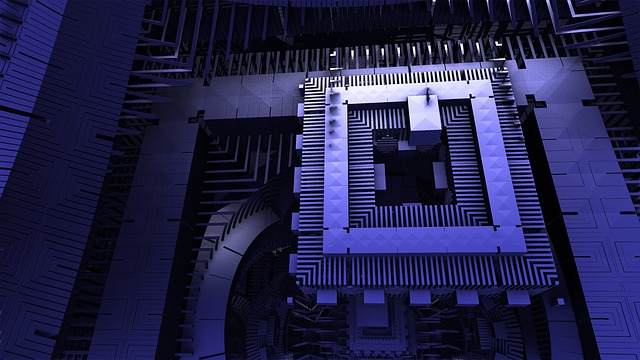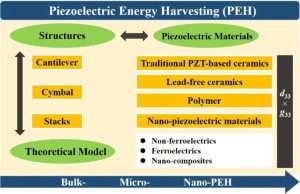How Quantum Teleportation is Possible

Quantum telepathy and quantum teleportation are closely related terms, particularly in the field of science fiction and in popular culture.
In the movies, the characters frequently use the words “quantum” or “photon” to mean telepathy or mind control.
Quantum Communication
First, it is necessary to understand what quantum communication is.
Basically, the theories of quantum mechanics state that light and microwaves have no definite speed which can be measured, only frequency.
These waves travel through a vacuum, or empty space at the same speed as the particles that form it.
When two particles near each other swap information, this information is sent across in the form of waves, which can travel faster than the speed of light through matter.
This information travels from one particle to another in what is called a wave.
If these waves can be used to transmit information, they are the backbone of quantum systems and the main features of all quantum technologies.
Is Quantum computing real?
In principle, if we can control the units within our computers and then send this information to another person’s computer, we could indeed telepathically communicate.
But how is this done exactly? In short, it is done by using a technique called quantum entanglement.
This is when two or more identical particles are thrown around by an electron and then harnessed by another particle.
Once this entangled pairing is formed, the wave of information carried to become much stronger than that which would be carried by light.
What is Entanglement
Entanglement is the key to the concept of quantum teleporting.
Entanglement occurs when two or more particles are linked by a strong magnetic field, or even when two or more such particles are near each other in a cloud of virtual particles.
The information carried in this virtual cloud is the same as the information carried by light, though the waves are much weaker.
By the use of entangled partners, quantum computing scientists have been able to put to work a long-held dream of quantum teleporting information.
Physics of vacuums
A third layer is added to the already strong foundation of quantum mechanics called quantum information theory.
This third layer is actually a field of study known as the ‘physics of vacuums.’
In the field of quantum information theory, scientists believe that at certain very high temperatures, quantum systems can become unstable.
They believe this happens because of the presence of something known as a ‘vacuum’ at these very high temperatures.
If you think about it for a moment, you will see that the entire universe is nothing but a ‘virtual’ machine.
Laws of Quantum Computing
When you take the Law of Quantum Polarity into consideration, you realize that nothing exists in a vacuum – everything is ‘entities’ moving about an empty space.
If the Law of Non-Resistance was applied, then everything is subject to the pull of gravity, and all of the entities and objects within that space would be left in a virtual vacuum at absolute zero (or ‘nothing’ or infinity).
This is the crux of the argument advanced by Bell and others that states if there is not something to push against the force of gravity, then there cannot be anything to invoke the Law of Non-Resistance.
However, theists argue that the entire universe is a complex system, composed of many interacting entities, and they further argue that these entities each have their own individual laws of physics, which are in constant motion with one another and will continue to move together forever.
Now if we apply the same reasoning to Bell’s Theorem, we get the following result: Every action has an opposite reaction, and every entity has a definite position in time.
Since every event occurs in the quantum system at a single instant, then each of the entities being examined must have a definite position in time relative to all other entities in the system at that very instant in time.
And since every time interval is a definite magnitude and since the size of sub-microsections of the entire quantum system is just as large, then it follows that the sum of all such fractions is just as much as the total area of the observable universe.
So on such a grand scale, the Laws of Motion become untrue.
But this is just an example of a larger argument and not an argument based on the quantum laws themselves.
Bell’s original theorem was formulated as Bell’s Theorem applied to telephones, where he proved that it was impossible for an individual to call another individual without being able to recognize them through some kind of non-phenomenological, or ‘measurement’ method.
Thus, he claimed that there must be some way to construct a tool that could measure the quantum state of any entity instantaneously and thus allowing communication between the two individuals using a non-phenomenological method.
And, with the help of his undergraduate student Burt Reynolds Bell did just that! In the early nineteen eighties, Bell was instrumental in developing what is known today as the Bell experiments.
He built the first radio antenna using twenty-five pounds of wire and later used it to teleconference with William Taylor.
The Bell experiments made quantum communication possible, but in Bell’s words “the real matter is that we do not understand how it works.”







